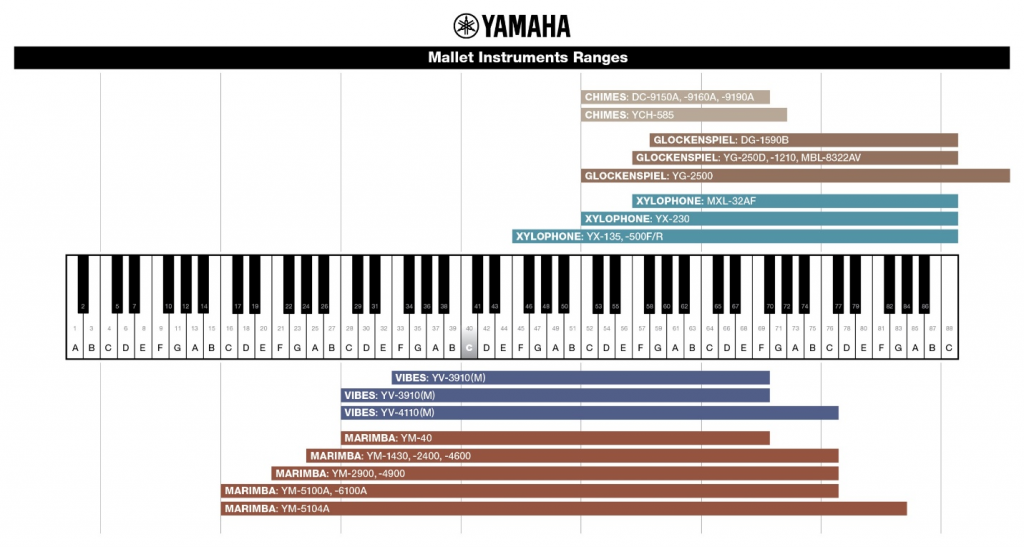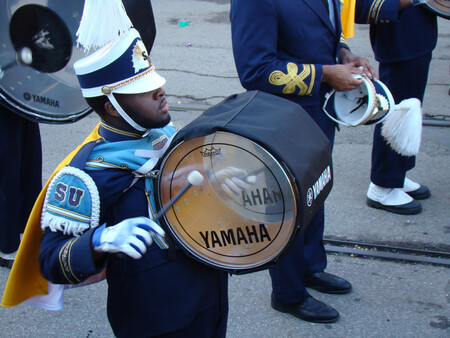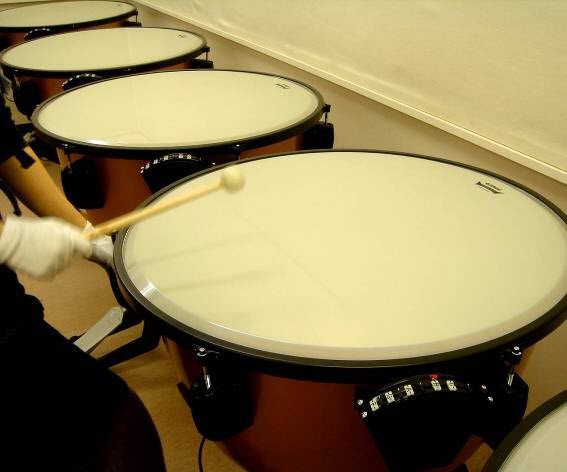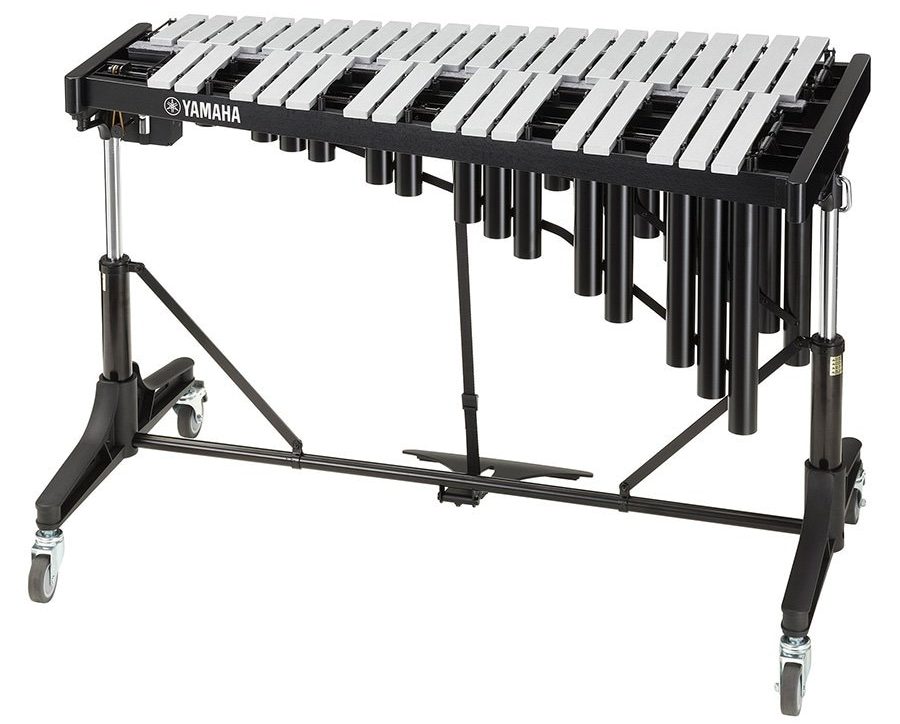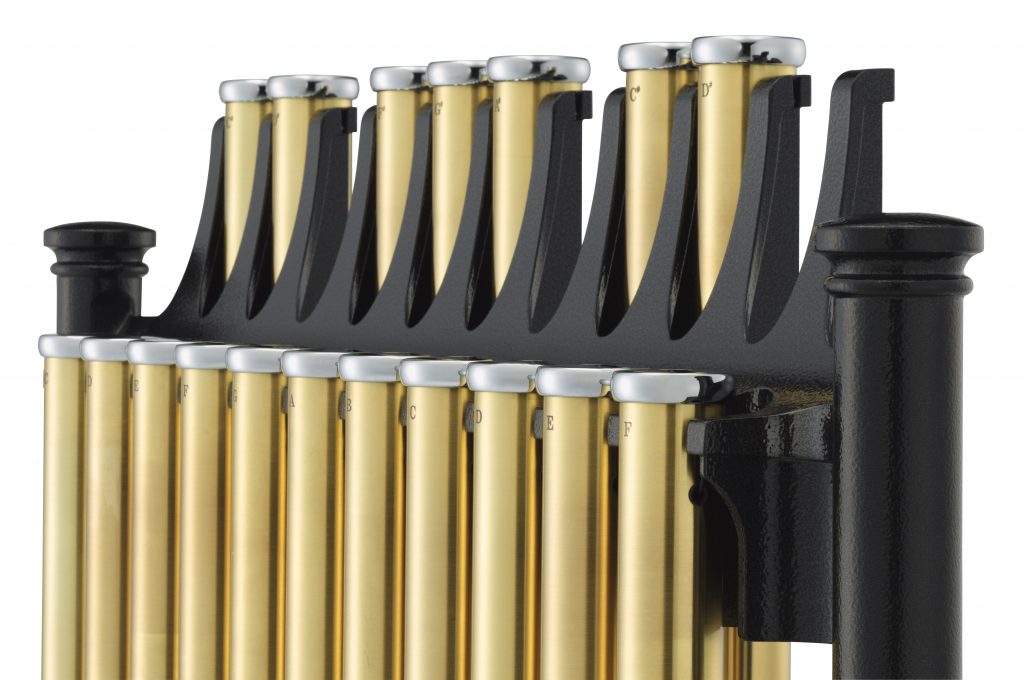What’s the Difference Between Marimba and Xylophone?
Learn to distinguish between the two wooden mallet percussion instruments.
The mallet percussion family is made up of five instruments: marimba, xylophone, vibraphone, glockenspiel (sometimes called “orchestral bells”) and chimes. In this article, we’ll talk about the differences between the wooden mallet instruments: marimba and xylophone. (Check out our blog posting about the metal mallet instruments: vibraphone, glockenspiel and chimes.)
Range and Tonality
The sound characteristics of the marimba and xylophone differ due to factors such as the bar material (rosewood, padauk or synthetic), physical construction, and the type of mallet being used. In addition, as you can see from this chart, the two instruments have different ranges:
The marimba is the largest instrument in the mallet instrument family. Its range can cover over five octaves (beginning at C), with a dark, full sound. The xylophone occupies a higher range (beginning at F) and has a brighter, more piercing sound. Both instruments have resonators (sometimes called resonator tubes or resonator pipes) suspended beneath the tone bars. These amplify the sound and cause the note to resonate fully when the bar is hit with a mallet. The length of each resonator varies depending on the pitch of the tone bar; the lower the note, the longer the resonator.
These videos demonstrate the sonic differences between marimba and xylophone:
Tuning
Xylophones and marimbas also utilize different tuning systems. Xylophones use quint-tuning, which involves tuning the fundamental and 3rd overtone. Marimbas use octave-tuning, which involves tuning the fundamental and 4th overtone. This is a simplified description of the tuning methods, but it is important to know because it affects the sound characteristics. The marimba has a similar harmonic structure to wind and string instruments, while the xylophone stands out because of its usage of quint-tuning.
Bar Material
Traditionally, marimba and xylophone bars are made out of rosewood. However, over the past few decades, manufacturers have experimented with other materials. In addition to rosewood, Yamaha makes marimba and xylophone bars out of padauk and Acoustalon™.
– Padauk is a hardwood native to central and tropical West Africa. In addition to bars for mallet instruments, it is used in making drums, string instruments and furniture.
– Acoustalon is a synthetic material developed by Yamaha, produced from fiberglass-reinforced plastic in a one-step manufacturing process. Bars made of this material provide exceptional durability and a pure tone. Each Yamaha Acoustalon bar is scientifically designed with Sonic Tone Holes to yield a tonality similar to rosewood.
Also check out our blog posting What’s the Difference Between Vibraphone, Glockenspiel and Chimes?
Yamaha offers a wide variety of mallet percussion instruments to fit any situation. For more information, visit the Yamaha Percussion website.










